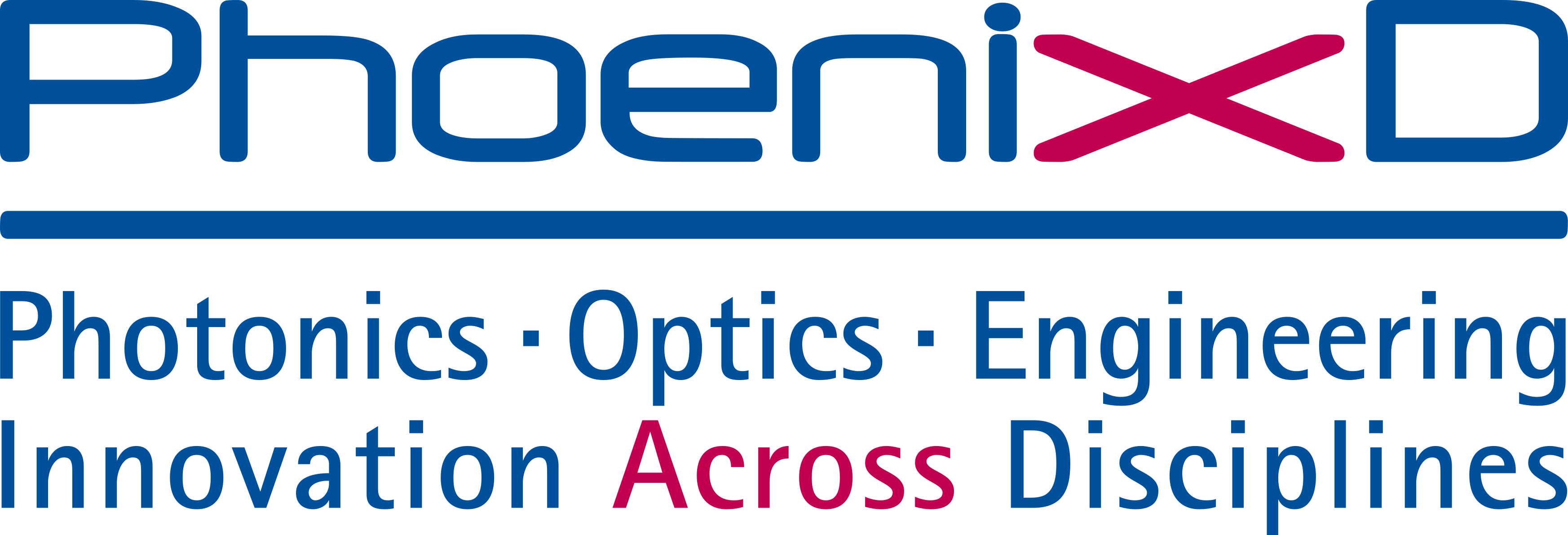One-Step Formation of Hybrid Nanocrystal Gels
Deposition of Metal Domains on CdSe/CdS Nanorod and Nanoplatelet Networks
- authored by
- Dániel Zámbó, Anja Schlosser, Rebecca T. Graf, Pascal Rusch, Patrick A. Kißling, Armin Feldhoff, Nadja C. Bigall
- Abstract
Hybrid semiconductor-based nanocrystals (NCs) are generally synthesized in organic media prior to their assembly into catalytically promising nanostructures via multistep methods. Here, a tunable, easy-to-adapt and versatile approach for the preparation of hybrid nanoparticle networks from aqueous nanocrystal solutions is demonstrated. The networks consist of interconnected semiconductor NC backbones (made of CdSe/CdS dot-in-rods or core/crown nanoplatelets) decorated with noble metal (Au and Pt) or with metal-based domains (Co2+ and Ni2+) demonstrating a powerful synthetic control over a variety of hybrid nanostructures. The deposition of the domains and the formation of the network take place simultaneously (one-step method) at room temperature in dark conditions without any external trigger. Beside the in-depth structural characterization of the gel-like hybrid networks, the wavelength-dependent optical features are studied to reveal an efficient charge carrier separation in the systems and a controllable extent of fluorescence quenching through the domain sizes. Photoluminescence quantum yields and decay dynamics highlight the importance of fine-tuning the conduction band/Fermi level offset between the semiconductors and the various deposited metals playing central role in the electron–hole separation processes. This procedure provides a novel platform toward the preparation of photo(electro)catalytically promising hybrid nanostructures (acetogels and xerogels) without the need of presynthetic hybrid particle design.
- Organisation(s)
-
Institute of Physical Chemistry and Electrochemistry
PhoenixD: Photonics, Optics, and Engineering - Innovation Across Disciplines
- Type
- Article
- Journal
- Advanced Optical Materials
- Volume
- 9
- ISSN
- 2195-1071
- Publication date
- 06.09.2021
- Publication status
- Published
- Peer reviewed
- Yes
- ASJC Scopus subject areas
- Electronic, Optical and Magnetic Materials, Atomic and Molecular Physics, and Optics
- Electronic version(s)
-
https://doi.org/10.1002/adom.202100291 (Access:
Open)


